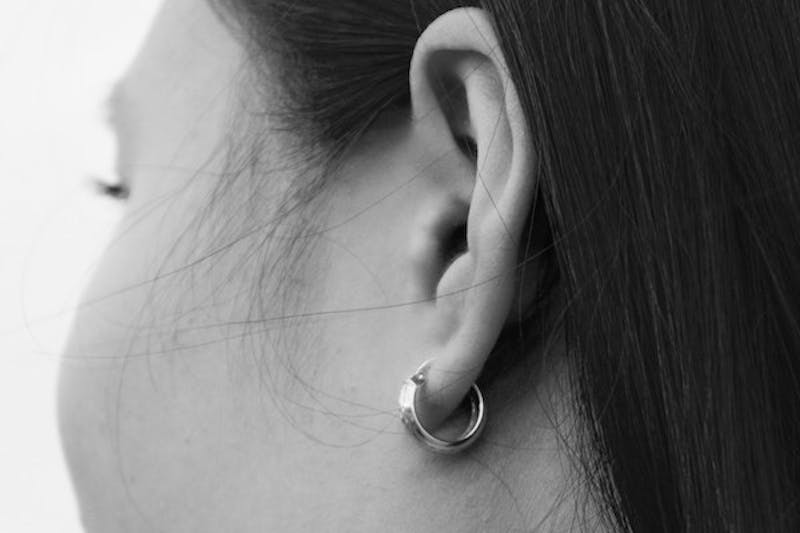
In recent posts, we have shared detailed information on the physiology of the human ear and each part’s functions. Last week, we started by sharing about the middle ear. Today, we are going further into the ear, sharing about the inner ear.
The inner ear:
This week, we are moving into the deepest part of the ear, the inner ear. The inner ear has two important jobs. First, it changes sounds waves into electrical signals, or nerve impulses.
Once it is turned into electrical signals, the brain can then understand and hear the sounds. The inner ear is also very important for balance. You may also hear the inner ear referred to as the internal ear, auras interna, or more oddly, the labyrinth of the ear.
The inner ear begins where the ear tubes end. It is located in the skull on either side of the head deep in a hole-like cavity. The inner ear is made of three main parts: the cochlea, semicircular canals, and the vestibule.
The cochlea is the auditory component of the inner ear. It is the area of the ear that changes the sound waves into nerve signals. The cochlear nerve is also called the acoustic nerve.
It is the sensory nerve that transfers auditory information from the cochlea to the brain. This nerve can be affected by many disease and disorders. Some disease can affect the nerves found inside of the ear which causes loss of hearing.
Hearing aids to restore hearing:
Usually, those that experiences nerve damage in the auditory system can still hear with hearing aids, or cochlear implants. Find out which hearing aid is best for you during your next appointment at our Orlando hearing services office. The implant can usually restore a significant amount of the hearing that was lost.
The cochlea works with parts of the middle ear to help you hear sounds. This part of the ear looks like a spiraled snail shell. Fun fact: cochlea actually means snail in Greek.
The cochlea is a small, sensitive structure filled with liquid. It acts as the body’s microphone. The cochlea contains four rows of tiny hairs that pick up vibrations from the sound waves.
Orlando ENT hearing center:
The semicircular canals sense a person’s balance and posture to allow for equilibrium. The third part of the inner ear is the vestibule. This area of the inner ear cavity is located between the cochlea and the semicircular canals. The Vestibule also assists with equilibrium.
Next week, we are sharing about the functions of the ear that allow us to balance properly. There are many conditions that hinder this ability. Come back next time to learn all about these issues and how to treat them.
Staff Writer

